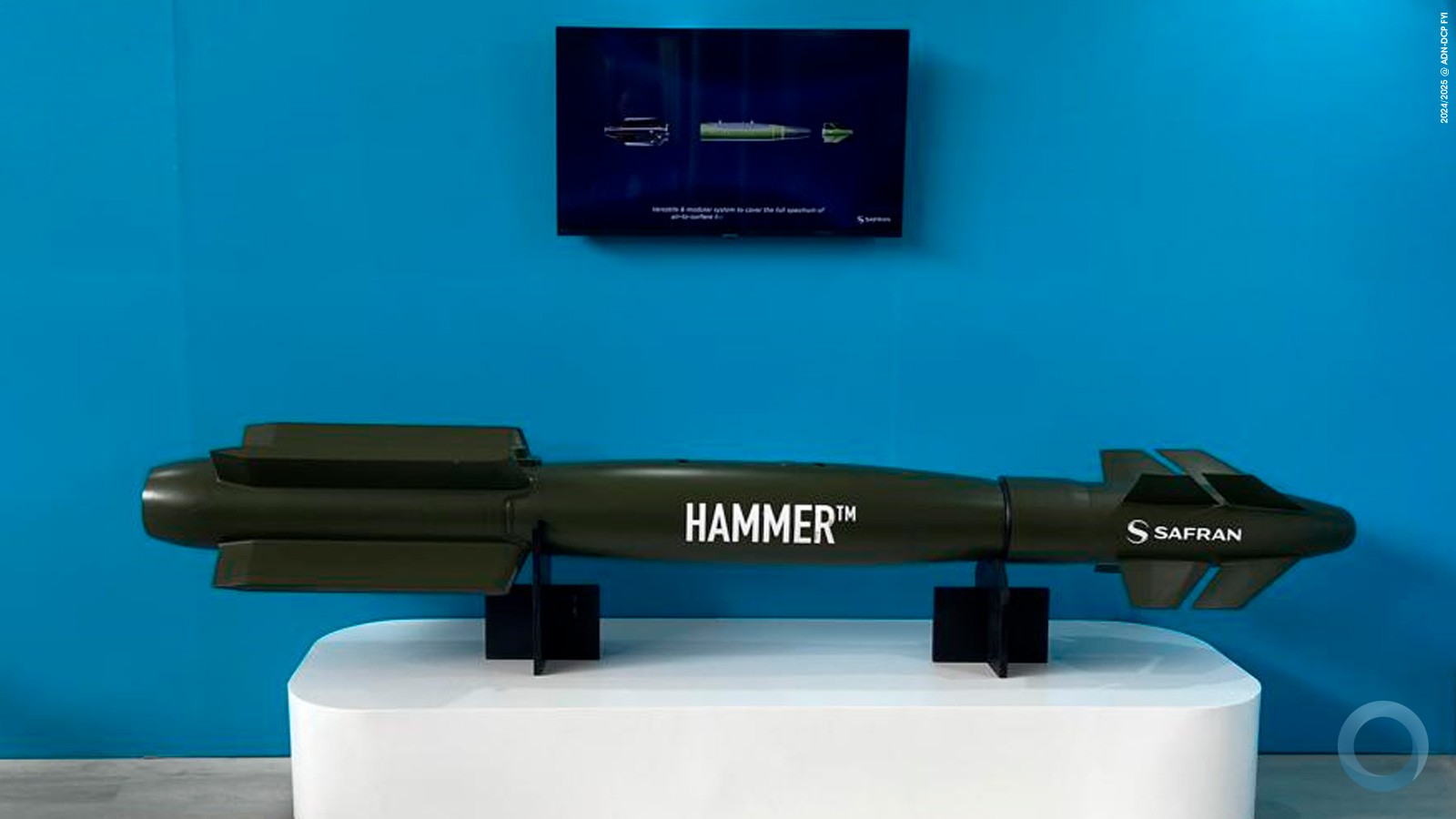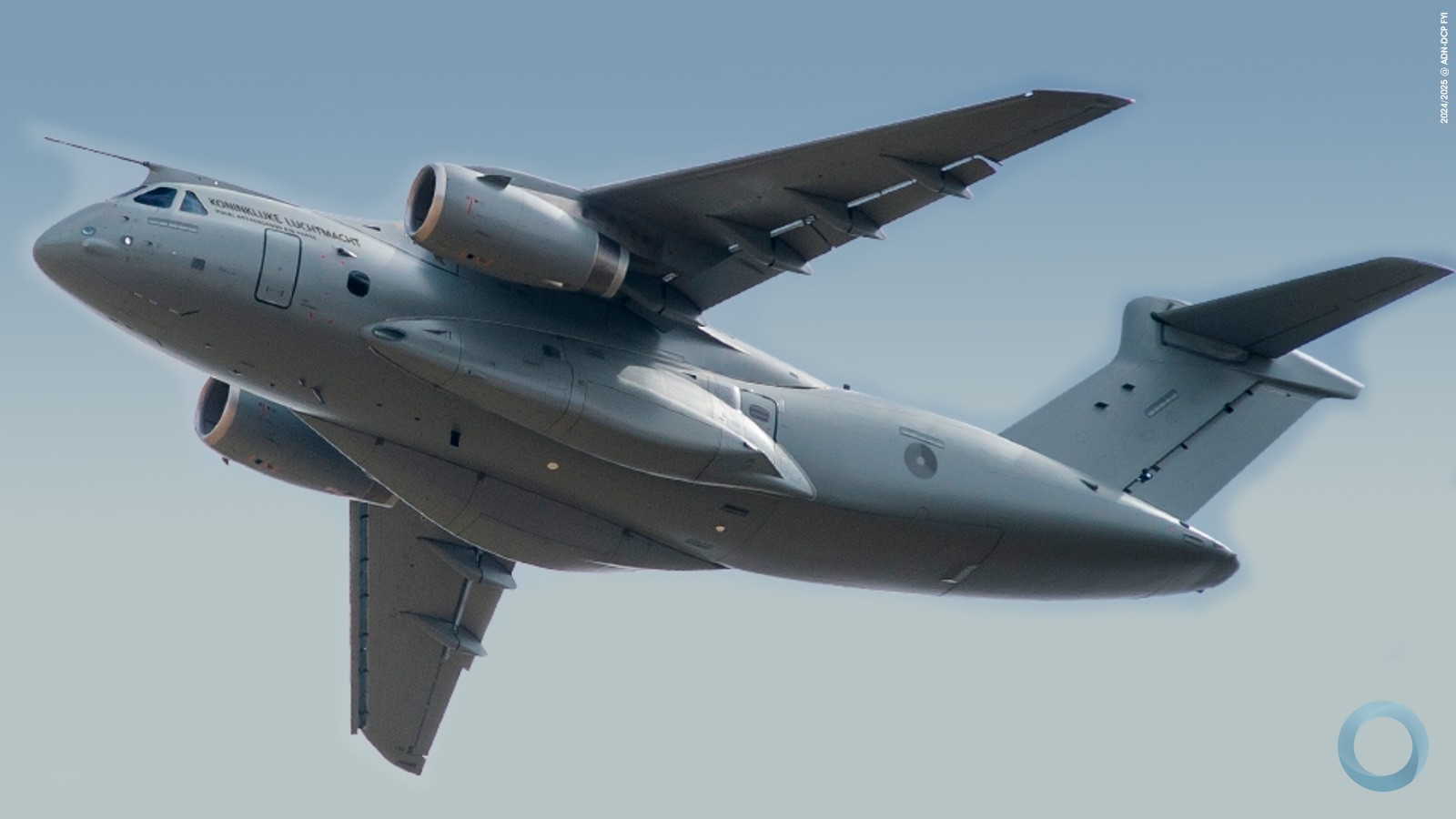Bryan Clark
Senior fellow at the Hudson Institute
Timothy Walton
Fellow at Hudson
Published Breaking Defense 19 MAY 2020
The Electromagnetic Spectrum is the key to waging electronic warfare, and EW is key to waging modern war. An enemy who can jam communications or GPS, mislead you (spoofing is the term of art) and stop your weapons from functioning (cyber attacks using radio waves).
The US largely abandoned EW after the Cold War ended. Then the Russians made it very clear in their war against Ukraine just how effective EW could be and senior folks in the US military grew uneasy. They and Congress realized how much we had made ourselves vulnerable and the Hill ordered creation of a group to devise a strategy to restore American EW eminence. Bryan Clark and Tim Walton of the Hudson Institute preview the new strategy below at Breaking Defense
The Editor.
The electromagnetic spectrum is getting more popular and crowded every day. As Breaking D readers know, the DoD and FCC are battling over frequencies adjacent to those used by GPS, which the telecommunication company Ligado wants to use for its satellite-based 5G network. DoD worries that Ligado’s transmissions will drown out the relatively weak signals that reach Earth from GPS satellites.
Ligado fired what is only the first of what will be many salvos in the 5G spectrum battle. To achieve 5G’s promised low latency and broadband speed telecommunication companies require wider swaths of spectrum compared to 4G–some of which they don’t control. With high-frequency millimeter wave 5G towers only able to reach a few city blocks, telecom providers like Ligado are pursuing mid and low-band spectrum below 6 Ghz that enables greater coverage–but also puts them in conflict with FAA and military radars, radios, and GPS.
The clamor for 5G spectrum comes as DoD is itself fielding a collection of new networks to support its concept of Joint All Domain Command and Control, or JADC2. The Army Integrated Tactical Network, Air Force Air Battle Management System, and Navy Integrated Fire Control combine existing datalinks and radios with emerging communications systems to connect all U.S. forces across a theater, placing new demands on spectrum.
NSC/ATI graphic
SOURCE: National Spectrum Consortium & Advanced Technology International
But the EM spectrum is also a global common like the air or sea. To prevent U.S. forces from operating effectively, the Chinese and Russian militaries spent the last 20 years modernizing their electronic warfare equipment, training new EW operators and technicians, and placing EW forces in every unit or formation. During the same period, DoD rested on its Cold War laurels and failed to invest in EW systems or training.
DoD strategies developed in 2013 and 2017 addressed the growing challenges of managing and controlling the EM spectrum by directing services to develop better versions of current capabilities and concepts but failed to significantly close the gaps between the U.S. and adversary militaries. Congress, increasingly worried, mandated that DoD stand up an EM Spectrum Operations Cross-Functional Team and create a new strategy. That is nearing completion and may be DoD’s last opportunity to gain an enduring advantage in the EM spectrum.
New EM Spectrum Superiority Strategy
Instead of incrementally improving existing EM systems and tactics in a doomed effort to solve capability shortfalls, the new EM Spectrum Superiority Strategy will emphasize how to undermine the strengths and exploit the weaknesses of adversaries in the EM spectrum. The strategies’ initiatives will be targeted at fundamental asymmetries between U.S. and opposing militaries that can provide DoD leverage.
A change in approach is desperately needed. The U.S. military didn’t fall behind in EW and EM Spectrum Operations due to a lack of funding, as spending for both rose steadily since 2015, but because the additional dollars were not spent implementing a coherent strategy. Funding instead upgraded legacy systems to fill various capability gaps, not all of which were high priorities. Under today’s plans, DoD will take decades to catch great power adversaries enjoying “home team” advantages and the luxury of focusing on only one potential opponent. Moreover, post-pandemic budget constraints will likely prevent increasing funding to plug capability gaps faster.
The key asymmetry between the U.S. and opposing great power militaries is the simple facft that Chinese and Russian are close to likely areas of conflict. China’s People’s Liberation Army (PLA) and the Russian Armed Forces can place EW and sensor systems on their own territory or in nearby sea or airspace where they can rely on reliable and difficult-to-jam wired or line-of-sight EM communications. Leveraging their understanding of the environment, Chinese and Russian forces can employ passive, multistatic, and low-frequency EM sensors and pre-architected systems of systems and tactics to find and attack U.S. forces.
The U.S. military must span the world. This requires a more expeditionary force and adaptable C2 process compared to the Chinese or Russians, and which can accommodate more contested communications, changing force packages, and the variety of local conditions. When communications are lost, junior leaders of U.S. forces would employ mission command, exploiting their initiative and judgement to improvise a course of action that follows the commander’s intent.
Giving The Enemy Something To Worry About
The PLA’s reliance on pre-planned, static systems of systems and tactics could be a liability against highly dynamic and unpredictable U.S. spectrum operations. The EM Spectrum Superiority Strategy should exploit this opportunity by adopting new operational concepts that emphasize maneuver and complexity.
A maneuver-centric approach doesn’t require across-the-board improvements to U.S. EM spectrum systems. To create complexity for opponents U.S. forces need capabilities for dynamic and automated spectrum sharing with commercial or military users guided by electronic support sensors and electromagnetic battle management, or EMBM, systems. To protect themselves from enemy attack, U.S. forces would rely on passive or multistatic sensing, complemented by LPI/LPD communications and electronic countermeasures. And U.S. electronic attacks would need the agility afforded by AI-enabled cognitive jammers that use photonics to move across wide ranges of spectrum.
The ability of cognitive jammers or EMBM systems to understand the EM environment will depend on their access to information on threat, friendly, and civilian EM spectrum systems. Today, data and analysis from the Intelligence Community is slow to reach operators and slower still to be programmed into EW equipment. DoD will need to establish new frameworks for EM spectrum information sharing and build on its recent success in accelerating the reprogramming process by incorporating AI to a greater degree in deployed EW and EMBM systems.
Capabilities for complex and unpredictable EM operations will be difficult to define for today’s top-down requirements process, which seeks a point solution for a particular application and situation. DoD will need to identify potential new EM capabilities through comprehensive assessments of their mission impact in a variety scenarios using modeling and simulation or experimentation and mature them through new processes like the DoD Adaptive Acquisition Framework.
The most challenging element of a new strategy will be preparing EW and EM spectrum operators for maneuver warfare. DoD’s current ranges are unable to provide realistic EM operating environments for experimentation or training due to a lack of modern threat systems and concerns that adversaries can monitor U.S. EM emissions during live, open-air events. Rather than focusing on expensive range upgrades, DoD should shift its emphasis to virtual and constructive events, which would enable concept development, tactics innovation, and training against the most challenging threats at all security levels.
The urgency to change
DoD cannot continue pursuing EMS superiority through incremental, evolutionary improvements. This approach is too unfocused, will take too long to reach fruition, is potentially unaffordable, and cedes the initiative to America’s adversaries. DoD should move in a new direction and focus EM capability development on implementing concepts for maneuver warfare that create adaptability for U.S. forces and complexity for adversaries.
If the DoD does not mount a new more strategic and proactive approach to fighting in the EM spectrum, adversaries could be emboldened to continue their efforts to gain territory and influence at the expense of U.S. allies and partners. Demonstrating the ability to survive and fight in a contested and congested EM spectrum could help U.S. forces slow Chinese and Russian activities and give them something to worry about for a change.
































